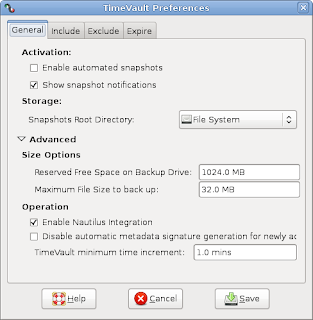If you want to do web application development on Ubuntu systems, enabling per user directory configuration on Apache web server is a good idea. You can make a directory on your home folder visible to the web server and view it via web browser.
Let us start with apache installation
By default apache serves pages from /var/www/
If you invoke http://127.0.0.1 on a browser, you can view web pages stored in
/var/www . However , if you want to put a new html page at /var/www , you need root access. You can make a directory in your home folder visible to the server and access this directory via http://127.0.0.1/~username. ( Substitute username with your actual login name.) . For achieving this, do the following steps.
Now restart apache
Userdir mod will make public_html folder in your home directory available on web server. You can create public_html folder in your home folder and develop your web applications.
If you are developing PHP applications , you have to enable php support for per user directory configuration.
For enabling php,
Look for the lines that look like
and change them to look like:

then restart apache.
Let us start with apache installation
$ sudo apt-get install apache2
By default apache serves pages from /var/www/
If you invoke http://127.0.0.1 on a browser, you can view web pages stored in
/var/www . However , if you want to put a new html page at /var/www , you need root access. You can make a directory in your home folder visible to the server and access this directory via http://127.0.0.1/~username. ( Substitute username with your actual login name.) . For achieving this, do the following steps.
$ sudo a2enmod userdir Enabling module userdir. Run '/etc/init.d/apache2 restart' to activate new configuration!
Now restart apache
$ sudo /etc/init.d/apache2 restart
Userdir mod will make public_html folder in your home directory available on web server. You can create public_html folder in your home folder and develop your web applications.
If you are developing PHP applications , you have to enable php support for per user directory configuration.
For enabling php,
sudo vi /etc/apache2/mods-available/php5.conf
Look for the lines that look like
and change them to look like:

then restart apache.
sudo /etc/init.d/apache2 restart

